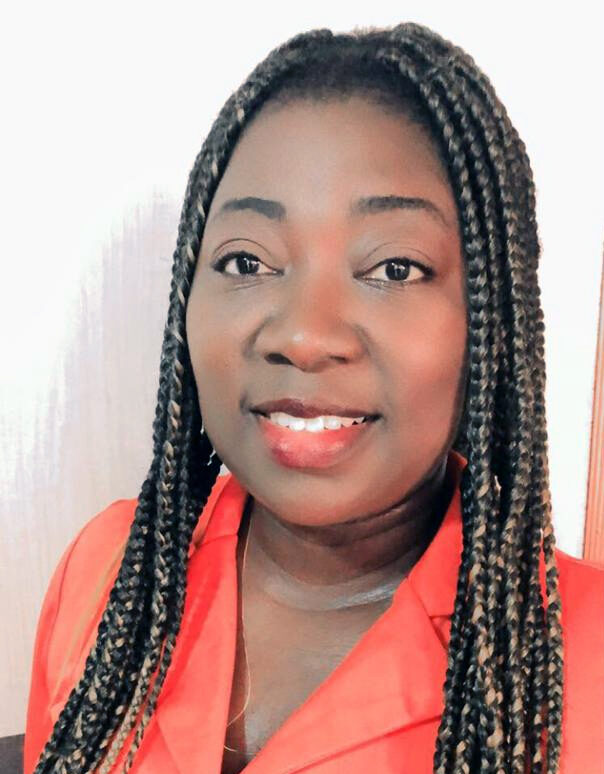Smart lookup
- Every student or learner has a strategy they use to remember processed information
- The strategy or strategies involved are what is termed the psychology of learning
- Research identifies four strategies or styles of learning – visual, auditory, reading/writing and kinesthetic (VARK)
- Most people present a combination of the four, but most often than not, they have a predominant style of learning.
Ever been asked how you learn or study? Well, here are a few sampled experiences of some students I came in contact with and put the opening question to them.
“I realised that when I write or jot down most of the information I feed my brain on, I tend to remember and it sticks, and that is how I have been able to ace my examination” – Gloria, a university student.
“My name is Jaydon. I am in Junior High. Mummy always complains about how I study. She says I just stare at the printed words in the text book and do not write down what I learn. But anytime I am in class and I listen to my teachers and have a discussion or repeat what I read aloud, I understand. So, I just read through my notes and textbooks to refresh my memory anytime I have a test to write,” he said with a smile.
“Auntie Vera teaches me counting with bottle tops and the number rods, and it is easy for me to remember because when she explains it to the class by talking, I don not understand”. These are the words of Hero, a kindergartener.
“I am a mother of four and a university student. Anytime I need to learn new ways of doing things, I prefer graphical representation of the steps to just telling me the processes, I will just mess things up. Diagrams and charts always register in my mind and it is so much easier for me to remember materials presented in that form.” – Felicia
Pretty interesting how different individuals, irrespective of age or status, process information to be able to commit to memory what they learn in order to make use of the information at a later date. Every learner or student has a strategy they use to remember what they have been taught more efficiently.
Scientists have over the years tried to understand the best ways students learn through research. One of the popular theories, to this day, is the VARK model. This model identifies four types of learners: Visual. Auditory, Reading/Writing and Kinesthetic. “Most people present a combination of the four, but most often than not, they have a predominant style of learning.” – bau.edu
Visual learning style
Visual learners process information visually. They prefer to take in ideas in the form of charts, graphs, maps, diagrams et cetera. Like Felicia, the best way of demonstrating a process to a visual learner is by doing so visually. For instance, you can use a flow chart when explaining a scientific process instead of doing a lot of talking. Using different visual aids such as patterns, videos, pictures and shapes are also very beneficial to individuals like Felicia.
Auditory learning style
In the case of the Junior High student, Jaydon, he adopts the auditory style of learning. Here is why: he said that by listening to his facilitators explain the topic for discussion and participating, he is able to process and understand the concept. This means that he takes in information best when it is spoken. Most people in this category of learners “are prone to sorting their ideas after speaking, rather than thinking ideas through before.” – bau.edu. Unlike Gloria who would do a lot of reading and writing, Jaydon just by saying things out loud helps him grasp and understand the ideas.
Auditory learners learn best when knowledge is presented to them through strategies that involve talking, such as lectures and group discussions. They also benefit from repeating the lessons, listening to recordings of the lectures, engaging in group activities which require classmates explaining concepts.
Reading/ Writing learning style
Gloria, mentioned in the opening paragraph, falls under the reading/writing group. This group processes information best when it is in words either by reading or by writing it down. To a person like Gloria, text or printed material is more powerful than any form of visual, auditory or kinesthetic presentation. With individuals who view this strategy as their strength, you can usually not beat them on written assignments because they perform very well when it comes to writing. To get a reading/writing learner to understand a certain lesson, “it would be best to have them describe charts and diagrams by written statements, take written quizzes on topics or give them written assignment”. – bau.edu
Kinesthetic learning style
Anyone can infer from Hero’s innocent comment that he likes to learn by doing things and that is what kinesthetic learners do. They simply learn by doing or by hands-on experience. This group of learners learn new information through personal experience, practice and simulation exercises. For instance, they can remember an idea experimented by recreating it themselves or by repeating through touch.
By recreating the process of using the bottle tops to learn how to count, Hero will easily get the concept of counting because he has come into contact with reality or real objects to learn how to count.
Every individual has a unique way of learning; therefore, it is very important to understand and identify your own style in order to fully benefit from learning. By trying out all four and finding out which one best suits you, you are definitely on your way to an enjoyable discovery of knowledge.
Do you remember?
Individuals who present the Reading/Writing learning style learn by reading and writing.
Those who adopt the Visual learning style learn through graphical representation.
People who fall under the Auditory learning style learn through speaking and group discussion, and persons with the Kinesthetic learning style learn by simply doing.










